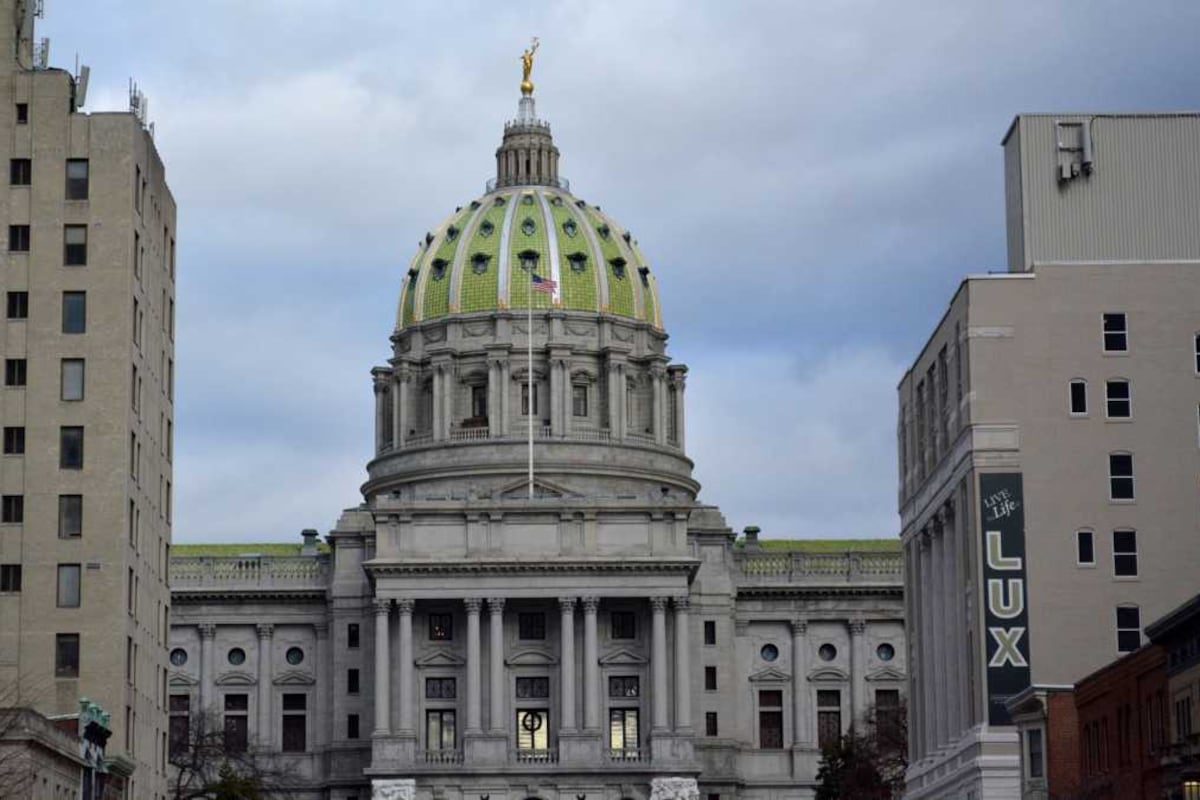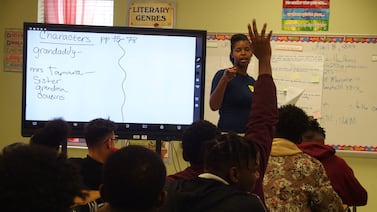When the state of Pennsylvania distributed $174 million in federal coronavirus relief to schools, it used a formula that shortchanged districts with large numbers of low income Black and Latino students, a new report shows.
By its calculations, Philadelphia alone would have received $30 million more.
The education advocacy groups that conducted the analysis, Pennsylvania Budget and Policy Center and Education Voters PA, said that they hoped to influence how any future federal COVID relief funds are allocated to schools.
“This is a pretty simple story about getting the allocation of these funds backwards,” said Stephen Herzenberg, president of the Keystone Research Center, the parent group of the budget and policy center. “And when you step back and think about the context in which this happened, the pandemic, the [coronavirus] relief, but also the country’s wrestling with its history of racial injustice … there’s a tone deafness to the distribution of these funds that is stunning. We cannot make this mistake again.”
The groups say that it made the most sense to distribute the funds according to the state’s basic education funding formula, which is weighted toward districts with the highest needs. That formula takes into account the number of low-income students and English language learners, as well as the concentration of poverty, taxing capacity, and other district conditions, which vary widely in the state.
Had this method been followed, Philadelphia would have received $43.6 million instead of $13.7 million, according to the analysis. The district could have used the money: Philadelphia schools may have to lay off or furlough staff to balance its budget this fiscal year, its chief financial officer told the board of education last week.
Pennsylvania received $5 billion of $150 billion distributed to states as part of the CARES Act, as the federal coronavirus relief bill is known. Of that amount, the state was required to distribute $470 million to school districts, charters, and private schools based on their federal Title I allotment, which considers the portion of students from low-income families.
But there was a pot of another $200 million with no requirements for how to allocate it. Of that amount, $26 million went to charter schools and $174 million to school districts.
That $174 million, designated as school health and safety grants, was distributed according to a method Republican legislative leaders devised. Each district, regardless of size, received $120,000 (charters got $90,000), with the rest distributed based on enrollment.
“The purpose of setting a baseline amount was to protect smaller school districts, ensuring that they received a sufficient amount to assist with COVID-19 health and safety mitigation,” said a statement from Neal R. Lesher, the communications and policy director of the House Appropriations Committee. “The rest of the funding was distributed based on the per pupil membership of the district, as the need for cleaning, PPE, technology and other expenses logically grows with the size of the district.”
Apparently, the Republican-controlled legislature and Gov. Tom Wolf, a Democrat, disagreed on how to allocate the funds, another reflection of the state’s deep partisan divide and largely urban-rural split. Wolf’s office issued a statement in response to the groups’ analysis: “This allocation was mandated by the General Assembly. The governor has always supported additional education funding through the Fair Funding Formula,” a reference to the basic education formula.
Resource disparities among districts in the state rank among the starkest in the nation; for instance, it is common to see well-funded and mostly white districts abut those that are mostly Black, Latino, and poor, with more needs but far less per student to spend.
Whether Pennsylvania districts are equitably and adequately funded is a “longstanding and devastating problem” in Pennsylvania, said Susan Spicka, president of EdVotersPA. A major fair funding lawsuit is now making its way through the courts and is expected to go to trial sometime next year. The plaintiffs, six school districts and several parents, want the state to contribute more towards education and to distribute it more equitably.
When the fair funding formula was adopted in 2015 after 25 years without a reliable and predictable system, it was applied only to new funding. Districts were guaranteed no less than they had received the year before, even if their enrollment had gone down. This benefited many rural districts, including some that are poor, but it hammered urban ones, which tend to educate more students of color.
“I don’t think it is ever a good idea to allocate money to schools without a formula that keeps equity in mind,” Spicka said.
At a virtual press conference Pennsylvania Budget and Policy Center and Education Voters PA convened, Steven Rodriguez, superintendent in Pottstown, one of the poorest districts in mostly affluent Montgomery County, said that the overall funding system in Pennsylvania, “has made second-class citizens of urban students.”
“When I compare my school district ... and think about what happened in the spring, that’s a pretty obvious example,” he said, noting that schools with greater resources “were able to immediately move into a virtual format. They had the curriculum, they had the setup, they had the technology. And even those who didn’t had families that were able to support in a better way than our families were.”
He said a lot of urban districts “still have families that don’t have internet in their homes, they don’t have a level of technology to fully support students doing virtual education, and quite frankly, need to work. So while on the one hand I can say I’m glad that $400 million was spent equitably, I’m very disturbed about the fact that $174 million was spent in a way that I’m not sure why it was spent that way, and I think that citizens need to ask that question.”
According to the groups’ analysis, the distribution method resulted in the districts in the poorest quartile receiving less per student than more affluent districts. Those needy school systems received a total of $36 million, rather than the $90 million it would have gotten had the basic education funding formula been used.
The 25% of school systems with the highest share of Black students also lost out, receiving $34 million instead of the $76 million. Those with the lowest share of Black students received $55 million. It was a similar story for districts with large number of Hispanic students — they received $33 million instead of $82 million.
Philadelphia officials had no comment as of press time.
“At some point,” said Spicka, “you have to realize some school districts are so desperately underfunded, and have so few resources, that the focus in Harrisburg should be leveling up these districts so every kid in Pennsylvania can succeed in school and in life.”





